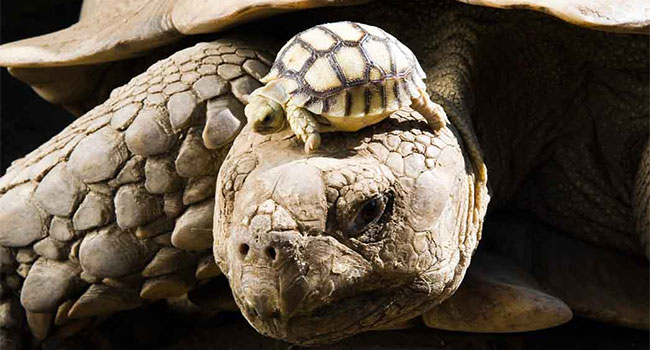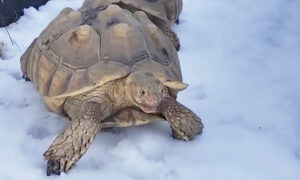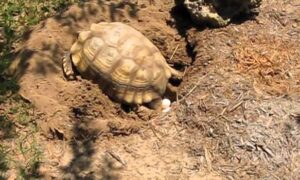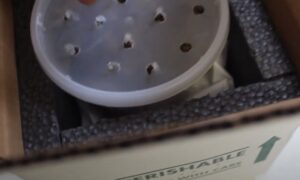Much like parrots, tortoises have a long lifespan, and sulcata tortoises are no different. In order to ensure a sulcata has a long life, it’s important to to have proper dietary and housing needs. Proper care for a sulcata is important. A sulcata tortoise lifespan ranges from 60-150 years.
How Long Do Sulcatas Live?
Many sulcatas die before they reach one year old. Baby sulcatas are fragile and need close care and attention.
However the average sulcata lives about 50 years in captivity.
A well taken care of sulcata can live for about 60-70 years, with some living 100 or more years.
But there are several factors in how long a sulcata tortoise will live. The two biggest components to a tortoise’s health is diet and husbandry.
Diet
Diet is very important to health. Sulcatas need a low protein, high fiber diet. Grass and hay should make up a large percent of a sulcata’s diet.
Safe grass includes timothy grass, wheat grass, fescue grass, orchard grass and Kentucky blue grass.
Weeds and greens should make up about 10% of a sulcata’s diet.
A high fat or high protein diet can cause obesity, shell deformity and other health concerns that can lessen the sulcata tortoise lifespan.
Husbandry
The main components to proper husbandry for sulcata tortoises is lighting and heat.
When housing a sulcata inside, supplement natural UV with an artificial UV source, such as a UV bulb or a UV tube. UV is important because it helps your tortoise produce vitamin D3, as well as helps the body properly absorb calcium. Without proper UV, a sulcata tortoise can suffer irreparable illnesses, such as metabolic bone disease.
Proper heating is often disregarded. It’s vital to ensure that your sulcata is kept warm. If the tortoise is kept too cold for long periods of time, the body can shut down. For inside enclosures or winter houses, consider adding a good Kane Heat mat or a ceramic heat bulb.
Maintain an ambient temperature of 80-90-degrees Fahrenheit with a basking spot around 100-degrees Fahrenheit. Try not to leave your sulcata in temperatures less than 60 -degrees Fahrenheit for extended periods of time.





